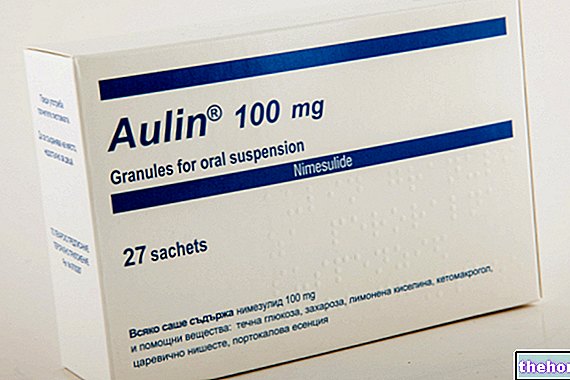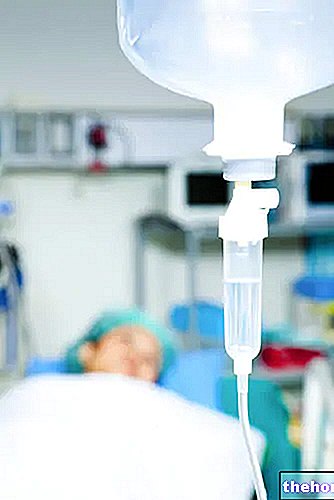
Characteristics of the medicine
EMSELEX comes as round white (7.5 mg) or light peach (15 mg) prolonged-release tablets containing the active ingredient darifenacin ("extended release" means that darifenacin is slowly released from the tablet over a period of a few hours).
Therapeutic indications
EMSELEX is used to treat urge incontinence (sudden lack of control over urination), increased frequency (frequent need to urinate) and urgency (urgency to urinate) in adult patients with overactive bladder syndrome. it can only be obtained with a prescription.
How to use
The recommended starting dose is 7.5 mg once a day. The dose may be increased to 15 mg in patients requiring greater symptom relief. The tablets can be taken both with and away from meals and should be swallowed whole with liquid without being chewed, divided or crushed.
Mechanisms of action
The active ingredient in EMSELEX is darifenacin, an anticholinergic that blocks the M3 muscarinic receptor in the body and consequently relaxes the bladder muscles responsible for expelling urine. This increases the capacity of the bladder, changes the way it the bladder contracts and the number of contractions decreases, thus EMSELEX prevents unwanted urination.
Studies carried out
EMSELEX has been studied in four main studies involving a total of 2,078 patients of both sexes with symptoms of overactive bladder. EMSELEX was given at different doses (3.75 to 30 mg per day) and compared with placebo (a dummy treatment) or with tolterodine, another drug used for this disorder. The main measure of the effectiveness of the treatment was the number of cases of incontinence that occurred over a week.
Benefits found following the studies
The four studies combined showed EMSELEX to be more effective than placebo in reducing cases of incontinence. Patients treated with 7.5 and 15 mg doses of EMSELEX experienced 10.6 (68%) and 12.5 (77%) fewer incontinence episodes per week, respectively, while in patients treated with placebo the reduction was resulted in 7 and 7.5 (54 and 58%) weekly cases, respectively.
Associated Risks
The most common side effects, i.e. those experienced by more than one in 10 patients, were dry mouth and constipation. For the full list of side effects reported with EMSELEX, see the package leaflet.
EMSELEX should not be used in patients who may be hypersensitive (allergic) to darifenacin or any of the other ingredients as well as in patients with:
• urinary retention (difficulty urinating);
• gastric retention (problems with emptying the contents of the stomach);
• uncontrolled narrow-angle glaucoma (high pressure in the eye resistant to treatment);
• myasthenia gravis (neurological disease causing muscle weakness);
• severe liver failure (severe liver disease);
• severe ulcerative colitis (severe inflammation of the large intestine resulting in ulcer formation and bleeding);
• toxic megacolon (very serious complication of colitis, see above).
EMSELEX should not be administered concomitantly with medicines such as cyclosporine (for transplant patients), verapamil (heart medicine), protease inhibitors (medicines such as ritonavir, used in AIDS patients), ketoconazole and "itraconazole (used to treat fungal infections).
Reasons for approval
The Committee for Medicinal Products for Human Use (CHMP) concluded that EMSELEX showed "similar efficacy to other anticholinergic medicines used for the treatment of overactive bladder syndrome. The CHMP therefore decided that the benefits of EMSELEX are greater than the benefits of EMSELEX. risks in the symptomatic treatment of urge incontinence and / or increased urinary frequency and urgency in patients with overactive bladder syndrome, recommending the granting of the marketing authorization for EMSELEX.
Further information
On 22 October 2004, the European Commission granted Novartis Europharm Limited a "Marketing Authorization" for EMSELEX, valid throughout the European Union.
The full version of the evaluation (EPAR) is available at the following address.
Last update of this summary: March 2006
The information on EMSELEX - darifenacin published on this page may be out of date or incomplete. For a correct use of this information, see the Disclaimer and useful information page.




























